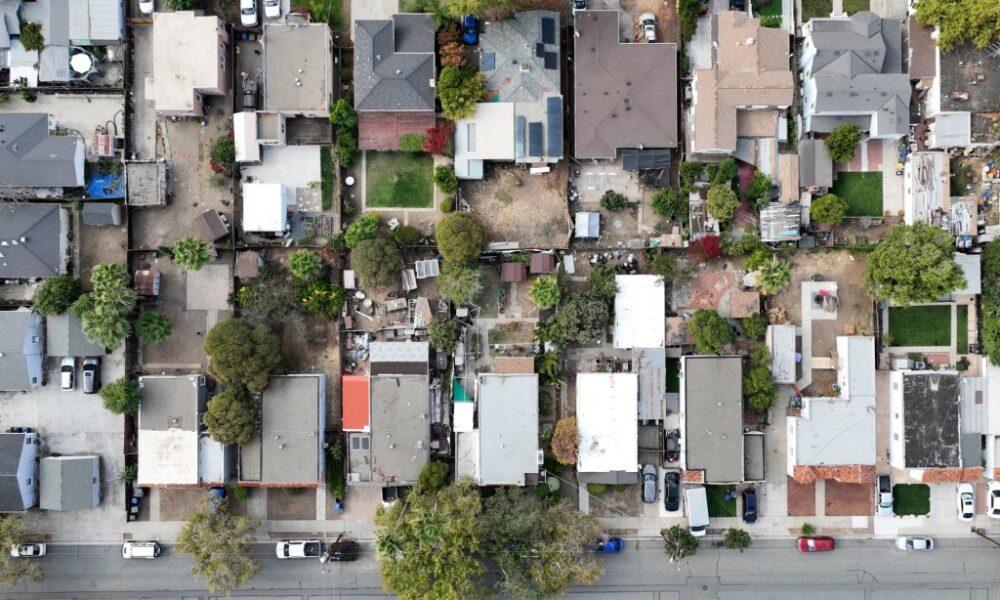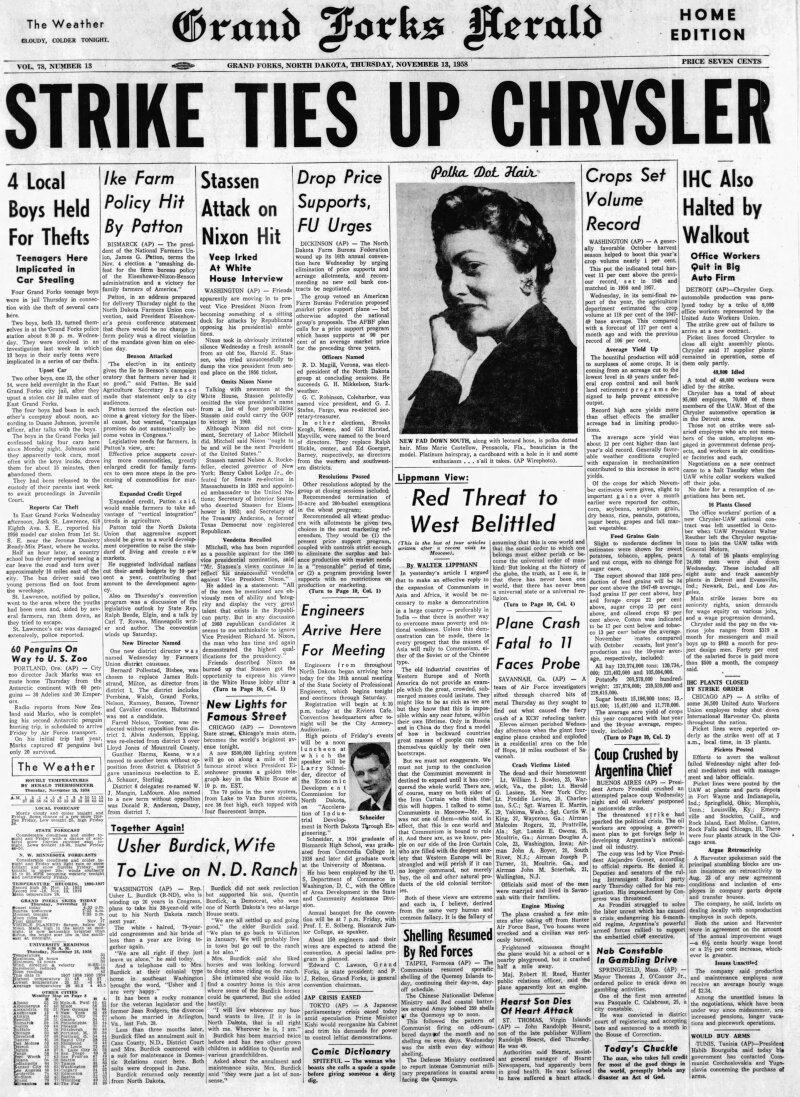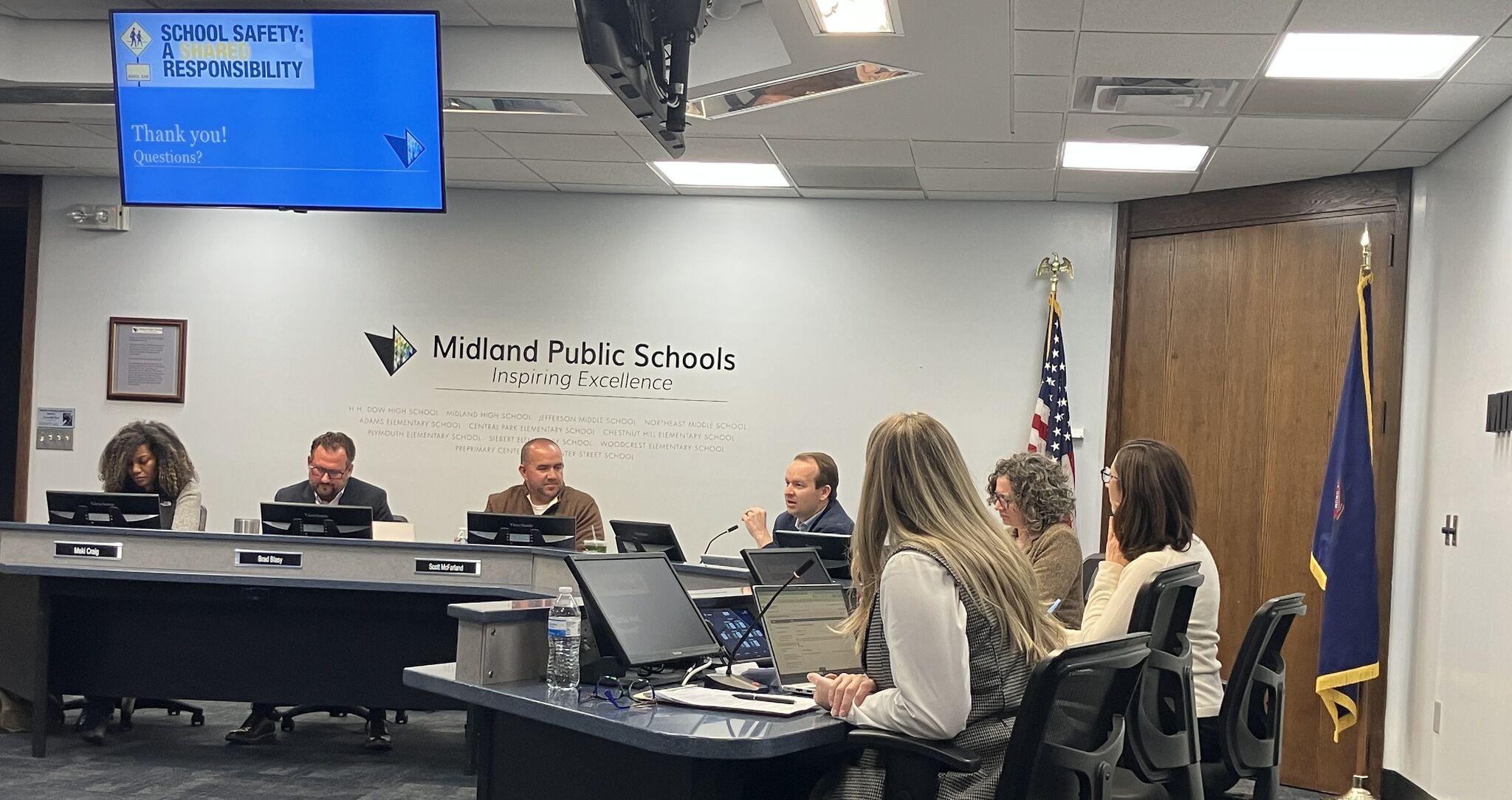UPDATE: Pittsburg is tackling rising temperatures and air quality challenges with an ambitious new initiative to expand its urban tree canopy. In a move just announced, the city secured a $2 million grant from the U.S. Department of Agriculture’s Forest Service to launch its first-ever Urban Forest Management Plan.
This groundbreaking effort aims to improve the quality of life for over 75,000 residents, particularly in neighborhoods struggling with heat and pollution. The funding is part of a larger $1.5 billion allocation from the Inflation Reduction Act, specifically designed to support urban tree-planting projects in disadvantaged communities.
A recent analysis by PlanIT Geo reveals that only 6% of Pittsburg’s land is currently covered by trees, significantly lower than the average of 14% to 15% in comparable cities. For instance, neighboring Fremont has a canopy cover of 14.4% while Pleasanton boasts 25.3%. Pittsburg’s “tree equity score” stands at 67, indicating a critical need for improvement, especially compared to higher-scoring cities like Lafayette at 99.
City officials, including Natasha Farmer from the Public Works Department, have set a long-term goal to increase the tree canopy to 10% by 2050, necessitating the planting of nearly 30,000 new trees over the next 25 years. This plan comes as a response to the city’s gradual increase in tree cover, which rose from 4% in 2010 to 6% in 2022.
Pittsburg’s urban landscape has been hampered by outdated planning and problematic tree species, such as camphor trees, which damage infrastructure. Farmer emphasizes the importance of updating tree management practices to ensure a healthy, resilient urban forest. Unlike typical 10-year plans, Pittsburg’s strategy spans a remarkable 40 years to adapt to climate changes and budget constraints.
The city is also conducting a public survey to gather resident input, vital for shaping a plan that addresses community needs. Despite only 29% of the land being suitable for new tree planting due to impervious surfaces, the city intends to maximize available space.
Immediate actions include planting 450 new trees by January 2029, with half designated for underserved areas. Already, approximately 100 trees have been planted, and in 2027, the city plans to offer free trees to residents willing to care for them.
For residents like Dulce Bernal, who lives in a low-income apartment near Highway 4, the need for more trees is urgent. “I have to keep the air conditioner running all the time, otherwise my child’s asthma gets triggered,” she shared, highlighting the real human impact of inadequate green spaces.
Similarly, Isebel Morales, who resides in downtown Pittsburg, expressed the challenges of living without air conditioning. “I would love to go to a green area, but there’s no green area near here,” she lamented. Both women advocate for increased planting events in areas like downtown and Crestview Drive, emphasizing the need for immediate action.
As Pittsburg embarks on this transformative journey, the community awaits tangible changes that promise to enhance their quality of life, reduce heat, and improve air quality. The city’s commitment to expanding its urban forest is not just a plan—it’s a lifeline for many residents experiencing the harsh realities of climate change right now.







